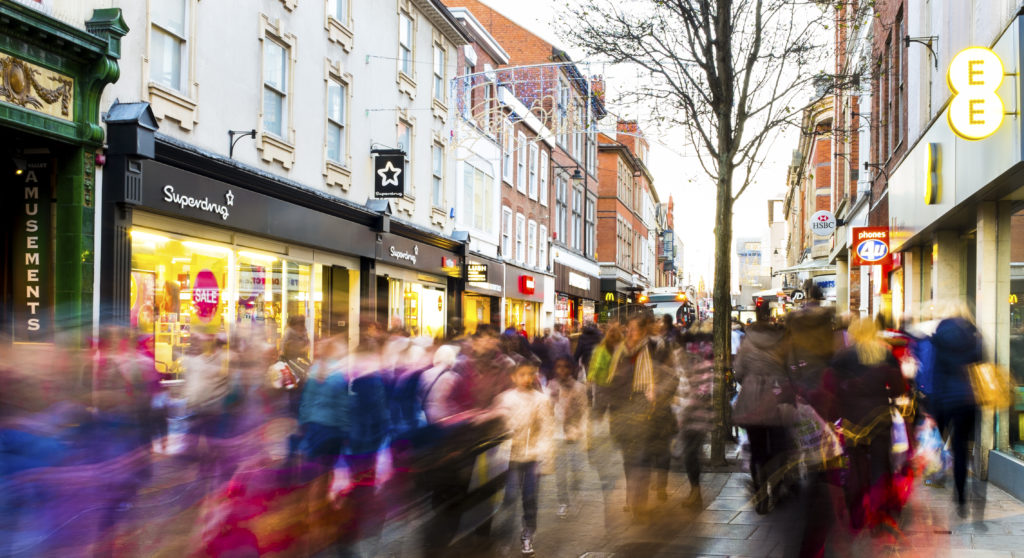What Best Practice Mystery Shopping Looks Like.
Every week we stick up another blog on this site, and we try always to make them relevant and useful to business. We have 20 years’ experience in mystery shopping and consumer consultancy, so we have the information to base it on. However, we’ve only occasionally gone into the actual process of mystery shopping – how it works and how it can benefit your business. This week I want to dispel any impression I’ve given that mystery shopping is a hit-and-miss activity, a series of idle observations by casual observers who don’t know the workings of your business. Thinking of the procedure like that, you’d be forgiven for imagining that the process may be of limited use, or at least that its usefulness may be unpredictable and patchy. This isn’t the case, and while you may be forgiven for thinking we would say that, here’s a little bit on our procedures, on how a mystery shop really works, and how we make sure it’s relevant and useful to your business.
Step 1: What Do You Want To Learn?
This is our first step, every time. You need to know exactly what you want to learn. Obviously, mystery shopping is always about gaining insights into the customer experience, but within that there’s distinctions you need to make. Do you want to know why one area of your business is working while another isn’t? Why customer footfall has gone down (or even up, you want to be able to sustain it!), or why sales fluctuate in a given way. Think about the questions you really want to ask. We can always send in shoppers and give you feedback, but focused feedback is better than general, especially when it comes to practical actions later in the procedure.
Step 2: Formulate The Questions.
Now that you know what you want to know (so to speak), you need to decide how best to get that information. We’ve been doing this for a long time, we can guide you on how best to do that, but a necessary first step is always to speak to staff (and any information you’ve already picked up from customers in casual research). You need to decide definable metrics that can be measured and recorded. Formulate an evaluation form that records the measurable metrics which addresses the questions you decided on, which the mystery shoppers can address.
Step 3: Perform The Mystery Shop.
Select an experienced, articulate and observant mystery shopper. Inform them of the questions being asked by the business in question, walk them through the evaluation form so they understand the context and reasoning behind each of the questions, then send them into the business armed with this understanding, ready to make useful, relevant observations.
Step 4: Report The Findings.
This step might seem to almost go without saying, but I want to make sure we cover it. For many mystery shopping companies, you’ll find that reporting is kept quite rigid – their mystery shoppers are required to tick boxes and give simple, one or two word answers that directly address the questions in the evaluation form. That’s fine, you might think, and indeed we certainly require that all our mystery shoppers are to-the-point and supply the required information. However, we are slightly different to other mystery shopping companies in that we do allow a certain amount of subjective observation on the part of our shoppers. We have time and again seen the benefit of allowing a mystery shopper to make an unexpected observation that can inspire insight into the customer experience or a previously not considered method of addressing customer needs.
Step 5: Analyse The Report.
Once the report is filed, the time comes to mine it for all the useful information it contains. You need to take the feedback and identify gaps in the service delivery and the origins of those gaps. It’s also at this stage a crucial to decide the actions to take that will effectively address them. Mystery shopping isn’t about punishing anyone or catching them out, it’s about reinforcing best practice and identifying issues in your service delivery that would otherwise go unrecognised. The actions should be positive and designed to answer the specific issues raised.
Step 6: Implement The Actions!
The final step in the process, but maybe the most crucial. This is the step without which all the previous steps amount to nothing. You need to find creative and effective ways of ensuring the insights you’ve gained from the process up to this point are auctioned in the daily running of your business. We’ve been through the procedure before, of course, and we can help you with that. It might mean developing a reward and incentive scheme related to employee performance. It might mean providing coaching or training to employees to effectively develop their technical or behavioural skills. It’s not all about staff, either. If gaps exist in your procedures or systems, they have to be overhauled so customers aren’t bearing the brunt of poor design. There’s a lot of potential areas where mystery shopping can expose deficiencies or suggest improvements.
Hopefully having run through the actual procedure of mystery shopping we can show just how useful, practical and focused the activity can be.





